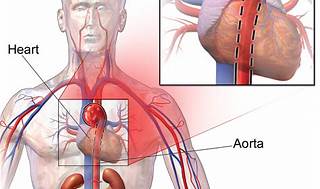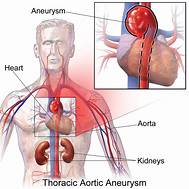A nurse is planning care for a client who is receiving enteral feedings through a nasogastric (NG) tube. Which of the following actions should the nurse plan to take first?
Label the feeding bag with the date and time of the start of the feeding.
Aspirate the client's stomach contents.
Hang the feeding bag 30 cm (12 inches) above the client.
Warm the feeding to room temperature.
The Correct Answer is B
Choice A reason:Labeling the feeding bag with the date and time is important for tracking, but it is not the first action to take. The priority is to ensure that the NG tube is correctly placed and the stomach contents can be aspirated to verify placement before administering the feeding.
Choice B reason:Aspirating the client's stomach contents is the first action the nurse should take. This is to confirm the correct placement of the NG tube to prevent complications such as aspiration pneumonia. It is a critical step before starting any enteral feeding.
Choice C reason: Hanging the feeding bag 30 cm (12 inches) above the client is necessary for gravity feeding, but it comes after verifying the NG tube placement through aspiration of stomach contents.
Choice D reason:Warming the feeding to room temperature is a comfort measure and helps to prevent gastrointestinal discomfort. However, it is not the first action to take. The priority is to check the tube placement.
Nursing Test Bank
Naxlex Comprehensive Predictor Exams
Related Questions
Correct Answer is ["A","B","C","E","F"]
Explanation
Choice A: Shortness of breath Shortness of breath can occur with a TAA due to the aneurysm compressing the trachea or the lung tissue. As the aneurysm enlarges, it can impinge on respiratory structures, leading to difficulty in breathing. A thoracic aortic aneurysm (TAA) is a bulging or dilation in the wall of the aorta as it passes through the chest cavity. TAAs can be life-threatening if they rupture or dissect and are often difficult to detect because they tend to grow slowly and usually do not cause symptoms until they become large or rupture.
Choice B: Difficulty swallowing Difficulty swallowing, or dysphagia, may be experienced if a TAA exerts pressure on the esophagus. This can happen when the aneurysm is located in the aortic arch, where the esophagus is in close proximity.
Choice C: Upper chest pain Upper chest pain is a common symptom of TAA and may be described as a deep, steady pain that can radiate to the back, neck, or jaw. The pain is caused by the stretching of the aortic wall and may be a warning sign of an impending rupture.
Choice D: Diaphoresis Diaphoresis, or excessive sweating, is not typically a direct symptom of a TAA. However, it can be associated with acute aortic syndromes, such as aortic dissection or rupture, which are medical emergencies.
Choice E: Cough A persistent cough can be a sign of a TAA, especially if the aneurysm is pressing against the trachea or bronchial tubes. The cough may sometimes produce blood if the aneurysm is causing erosion into these structures.
Choice F: Hoarseness Hoarseness can result from a TAA if the aneurysm compresses the recurrent laryngeal nerve, which controls the muscles of the voice box. This is known as Ortner’s syndrome or cardiovocal syndrome.


Correct Answer is B
Explanation
Choice A reason: Heparin and warfarin do not work together to dissolve clots. Heparin acts quickly to prevent further clotting, while warfarin is used for long-term anticoagulation.
Choice B reason: Warfarin's onset of action is slow, requiring several days to reach therapeutic levels. During this time, heparin is used to provide immediate anticoagulation to prevent new clot formation or the growth of existing clots.
Choice C reason: IV heparin does not increase the effects of warfarin. They are used concurrently because of the delay in warfarin's onset of action.
Choice D reason: It is not appropriate to discontinue heparin immediately after starting warfarin due to the delay in warfarin reaching therapeutic levels. The overlap is necessary to ensure continuous anticoagulation.
Whether you are a student looking to ace your exams or a practicing nurse seeking to enhance your expertise , our nursing education contents will empower you with the confidence and competence to make a difference in the lives of patients and become a respected leader in the healthcare field.
Visit Naxlex, invest in your future and unlock endless possibilities with our unparalleled nursing education contents today
Report Wrong Answer on the Current Question
Do you disagree with the answer? If yes, what is your expected answer? Explain.
Kindly be descriptive with the issue you are facing.
